Interaction Design Major
Tomorrow's technology requires good design to be usable. Specialize in user experience (UX) or user interface (UI) design at Champlain, and create new intersections between human minds and digital spaces.

There’s a designer behind every great program, game or digital product.
Demand for user interface (UI) and user experience (UX) designers has never been higher. By designing user interfaces, information architecture, and considering usability and user experience, interaction design helps you make the digital world accessible to everyone.
-
What is Interaction Design?
Interaction Design is a discipline that focuses on creating meaningful and engaging interactions between users and digital or physical products, systems, or services. It involves designing the way users interact with technology to accomplish their goals effectively and efficiently while providing a positive user experience.
At the core of interaction design is the goal of creating interactions that are effortless, enjoyable, and valuable to users. This requires a deep understanding of user needs, behaviors, and preferences to inform the design process. Interaction designers at Champlain College use a variety of methods and techniques such as user research, persona development, wireframing, prototyping, and usability testing to guide their design decisions.
-
Why study Interaction Design at Champlain?
As an Interaction Design student at Champlain College, you will be prepared for a career where you can shape the future of technology by creating seamless and engaging user experiences. Our iterative approach allows you to refine and improve designs based on user feedback, ensuring that the final product or experience meets user expectations, goals, and needs. By applying these methods and techniques, our interaction designers are able to create interactive solutions that not only meet functional requirements but also provide delightful and valuable experiences for users.
We offer a compelling environment for studying interaction design with a curriculum tailored to industry needs. Our experienced faculty bring real-world expertise to the classroom, ensuring that you gain practical skills and knowledge that meet current industry standards. From day one, you’ll engage in hands-on learning experiences and work on projects that challenge you to apply your skills in real-world scenarios. Our Upside-Down Curriculum allows you to immerse yourself in the field from the start, accelerating your learning and preparing you for internships and industry experience earlier in your academic journey. With state-of-the-art facilities, strong industry connections, and a supportive community, you’ll have access to the tools, resources, and mentorship you need to thrive in the dynamic field of interaction design and create experiences that positively impact users’ lives.
-
What will I learn while studying Interaction Design?
By the time you graduate, you will…
- Possess a deep understanding of user-centered design principles and methods.
- Have acquired a diverse skill set in user research, prototyping, and usability testing.
- Demonstrate proficiency in designing intuitive and visually appealing user interfaces.
- Be adept at applying design thinking and problem-solving strategies to create innovative solutions.
- Have built a strong portfolio that demonstrates your ability to deliver impactful and user-centered design experiences.

Different by Design
Real Experience, Right Away
With our Upside-Down curriculum, you’ll start exploring design, programming, and interaction psychology in your first semester.
Learn the Same Way You’ll Work
You’ll collaborate and learn from fields like business, psychology, and computer science, preparing you to design holistic and impactful user experiences, and you’ll have chances to do work for real clients in your first year.
Small School, Big Resources
Get experiential learning and industry exposure by participating in real-world projects at the Leahy Center for Digital Forensics & Cybersecurity.
Facts & Stats
According to Glassdoor.com, interaction designers earn competitive salaries, reflecting the high demand for their specialized skills.
Graduates of the program secure employment or further education within six months after graduation.
Champlain was named a “Most Innovative School” by U.S. News & World Report in its “America’s Best Colleges” 2024 ranking of universities in the North.
Sample Courses in the Interaction Design Major
Our Interaction Design degree is designed for the “do-ers.” Your courses will cover everything you need to know to bring ideas to life in the form of interfaces like websites and apps. Topics in your curriculum include programming, to design, to making meaning visually and cognitive psychology. Check out some of the engaging and hands-on courses in the program. Our Upside-Down Curriculum puts you in your major, right away.
Second Year
Concentrations
-
Implementation Concentration
Master technical design implementation at Champlain College, creating engaging user experiences through coding, prototyping, and usability testing.
-
Visual Design Concentration
Free your creativity, master visual design, and create compelling experiences at Champlain College’s Visual Design concentration in Interaction Design.
Sign Up for Helpful Info
"*" indicates required fields
You might also be interested in these…
Based on your interest in the Interaction Design major, we thought you also might like to check out these other academic programs and opportunities.
-
Majors
-
Integrative Professional Studies Major
Design your own major through Champlain’s Degree Design Lab. You’ll combine courses and real-world learning experiences to personalize your own education.
-
Animation Major
Turn your creative ideas into career-ready skills by learning both the artistic and technical sides of visual storytelling.
-
Creative Media Major
Develop your self-expression in our Creative Media major, and learn the business side of interdisciplinary production, digital creation, and entrepreneurship.
-
Graphic Design & Visual Communication Major
Be a design thinker. Harness your creativity through print and digital graphics. Start building your portfolio right away.
-
-
Minors
-
Psychology Minor
Develop a fundamental understanding of human behavior, and learn how to apply this knowledge to increase your interpersonal communication skills in your personal life and in the office.
-
Game Programming Minor
Hone your computer programming skills and apply that knowledge to create the dynamic environments, gameplay, characters, and more that make a successful game.
-
Media Production Minor
Effective media production is a foundation of any successful business. Learn about streaming, social media and traditional media, as well as how to write, produce, and edit content for each.
-
-
Areas of Study
-
Education, Humanities & the Sciences
The born educator, the team player, the change maker, the advocate. Which of these human-centered majors fits you career goals?
-
Cybersecurity, Computer Science & Digital Technology
Solve everyday problems to build a better future with one of these tech-centered majors.
-
Creative Arts & Communication
With many majors to choose from, you decide how to bring your ideas to life and communicate them to the world.
-
Career Success
Our Interaction Design students graduate career-ready with professional experience and a full toolkit of versatile skills. You’ll be prepared for today’s, and tomorrow’s digital opportunities.
Your Career Outlook
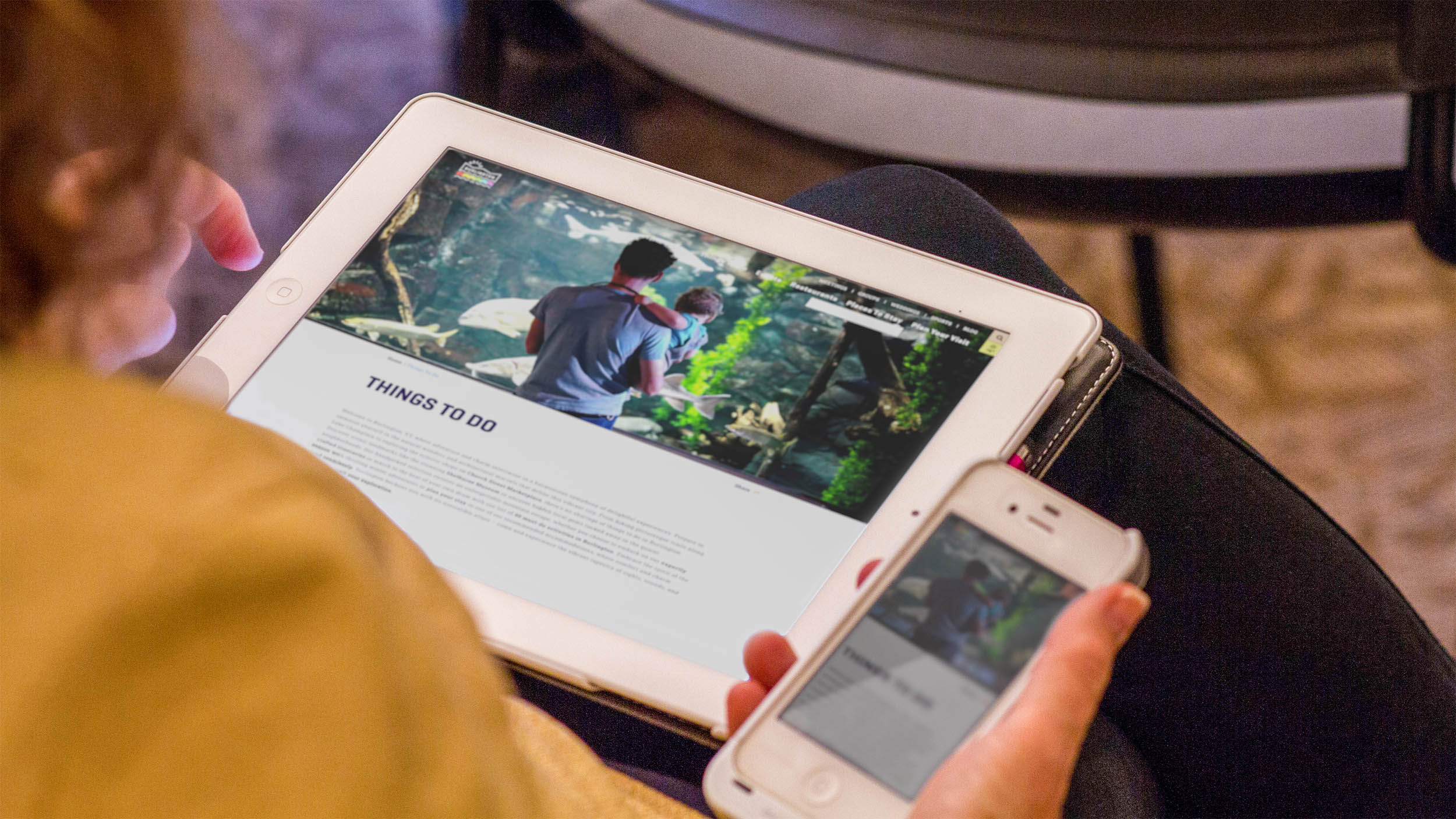
You’ll Find a Career In…
- Web design
- UX design
- UI design
- Front-end development
- Usability research
- Mobile design
- Interactive media
-
 Pre-College Summer Program: Champlain Game Academy
Pre-College Summer Program: Champlain Game AcademyThe Champlain Game Academy offers an intensive residential pre-college program for high school students entering grades 10-12 and recent high school graduates. Like the Game Studio, our program emphasizes teamwork and creative collaboration across all the game development disciplines. In order to understand how a professional game development team works, students will be introduced to all aspects of game development.
Learn More on the Pre-College Summer Program Website
Latest News from The View
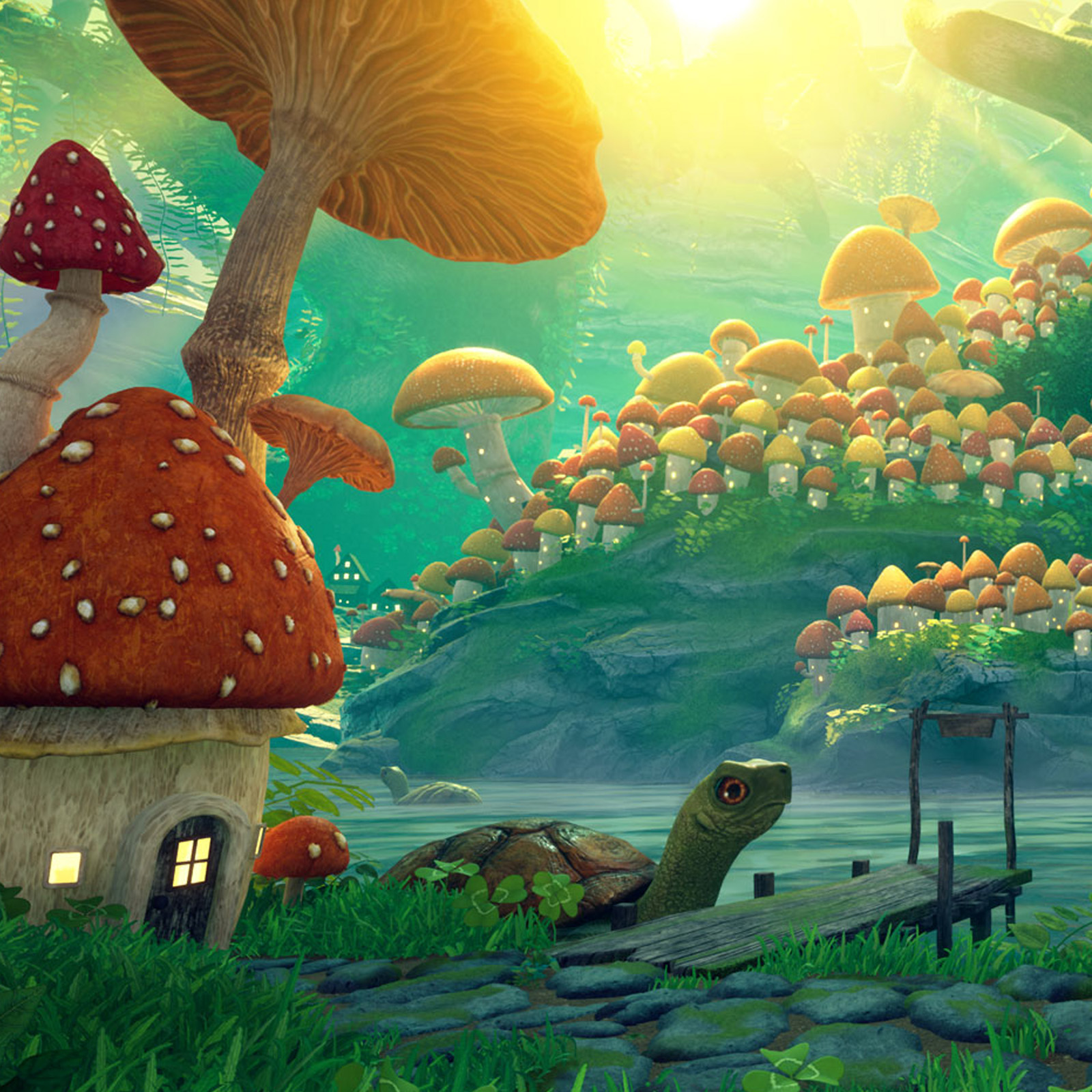
Princeton Review Ranks Champlain College a Top 10 School for Game Design
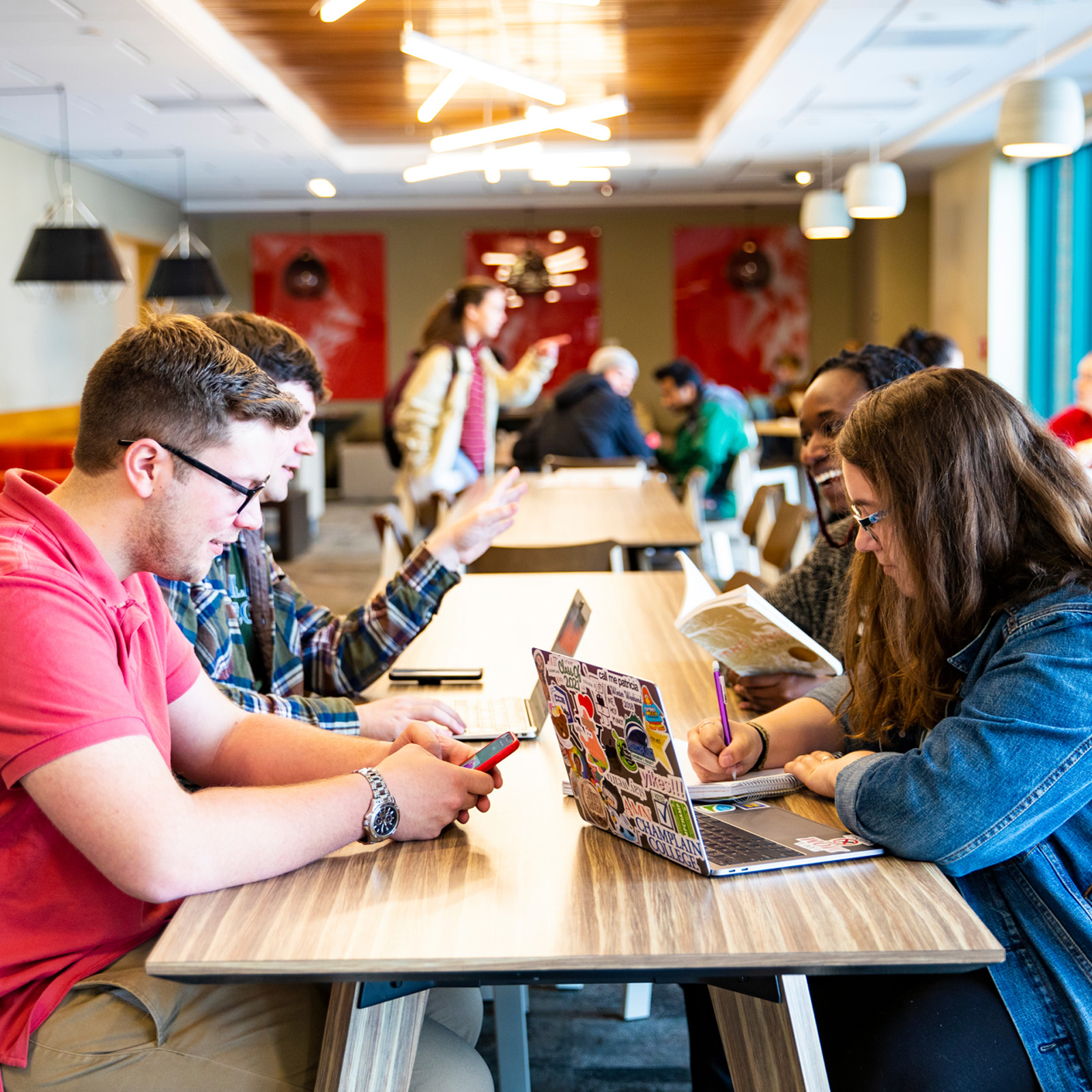
Creative Studio at Champlain Enhances Experiential Learning
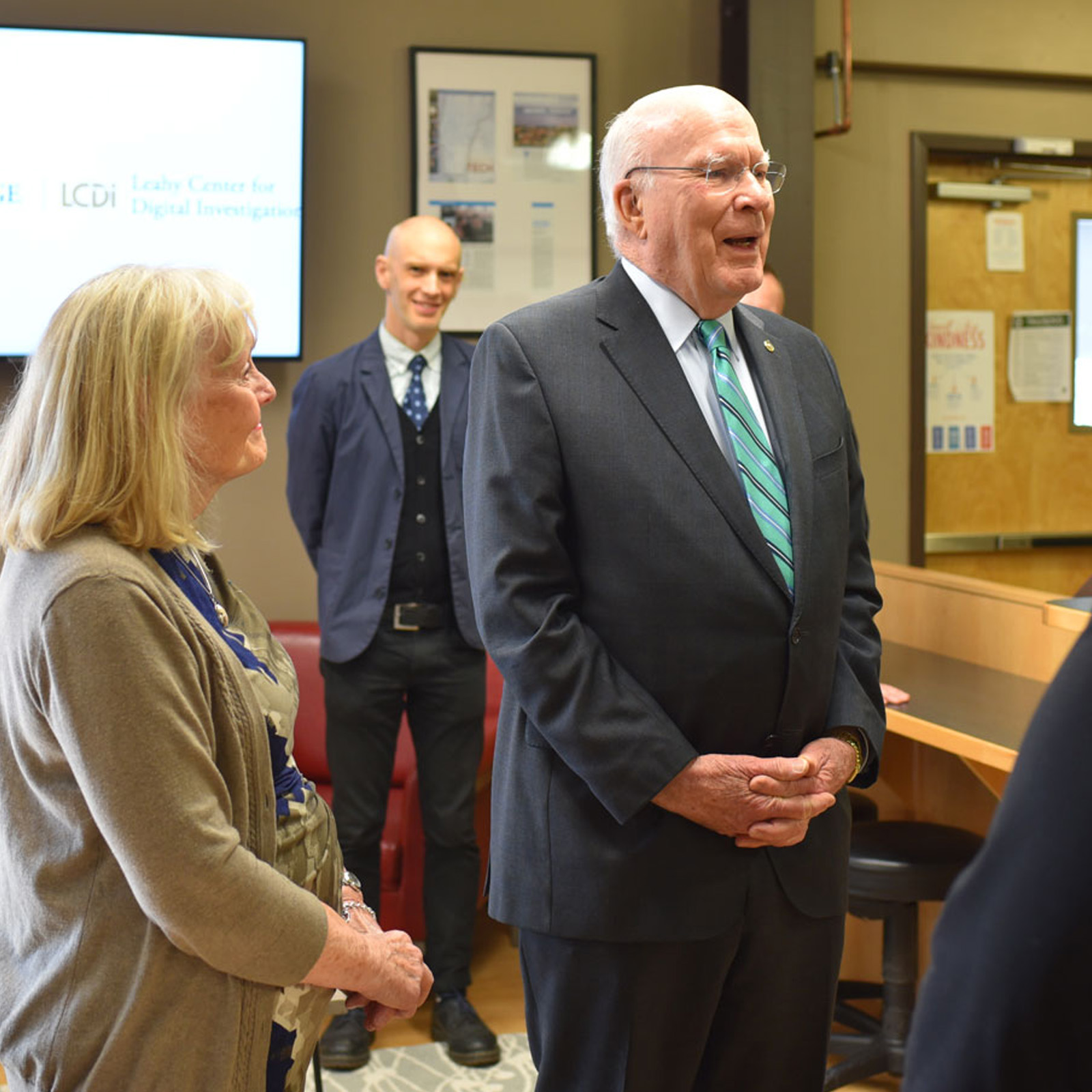
Senator Leahy Designates $10M for STEAM at Champlain
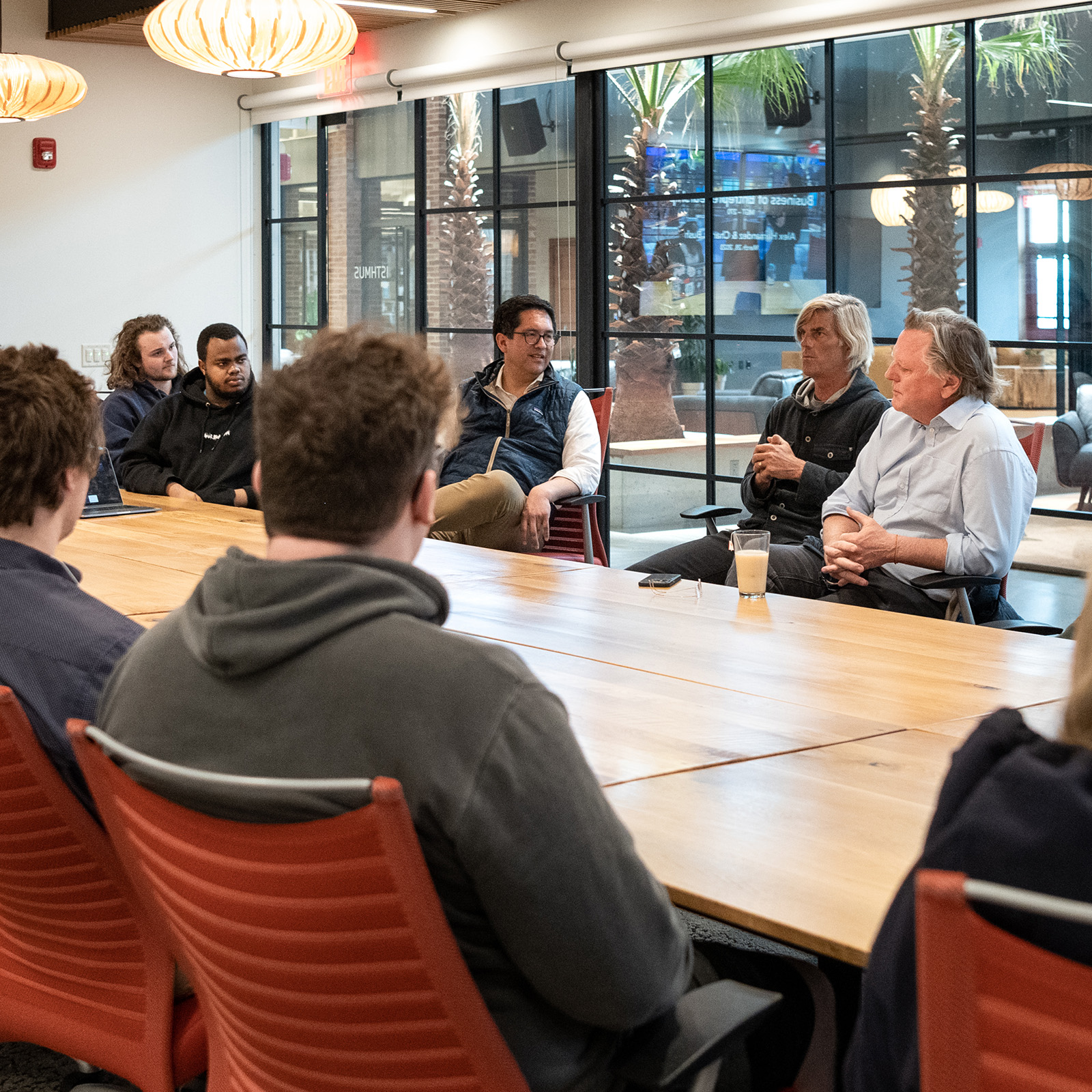
VBM: Catching The Entrepreneurship Wave in Vermont

Princeton Review Ranks Champlain College a Top 10 School for Game Design

Creative Studio at Champlain Enhances Experiential Learning

Senator Leahy Designates $10M for STEAM at Champlain

VBM: Catching The Entrepreneurship Wave in Vermont
More Inside Interaction Design Major
-
Overview
Tomorrow's technology requires good design to be usable. Specialize in user experience (UX) or user interface (UI) design at Champlain, and create new intersections between human minds and digital spaces.
-
Curriculum
Create intuitive designs and experiences for all users and carve out a career in one of the most innovative fields.
-
Faculty
Our Interaction Design faculty go above and beyond to inspire your curiosity, learning, and growth. Small class sizes foster personal connections and mastery.
-
Learning Outcomes
Learn how humans and technology can work together harmoniously by studying Interaction Design. Learn through collaboration and dive into the process of creating impactful human experiences with technology while developing a toolbox of technical skills.